This post is really important to me, but before I start, let me make two quick notes. Firstly, names in this post have been changed — reasons for which will become obvious. Second, there is a slightly gory picture of a dog bite. Consider yourself forewarned.
This is Benji. Benjamin, if we are being formal. He’s a rescued Great Dane, and I love him. He’s a total snuggle bug, and loves treats. He’s a good friend.
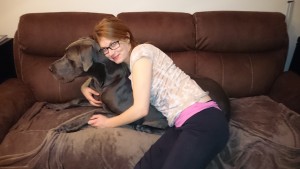
Benji was adopted 10 months ago by my friend Adam. Adam loves Benji more than anything except, maybe, his older Great Dane, Riley, who is one of the best dogs I’ve ever met. Riley truly fits the breed stereotype of “gentle giant”; Great Danes, on average, bite fewer people than even Labs. Benji and Riley love each other.
Benjamin has some trust issues. Recently, Adam had to leave town for three days, and asked me to take care of the boys. I was delighted; I love big dogs. I love all dogs. I’ve known Benji almost since Adam first got him. He’s a sweetheart who wants nothing more than to make his humans happy.
Benji didn’t like me being in his house. The first day Adam left, I stopped by to check on the boys. Benji barked at me, a lot. He was in my face, a lot. But he didn’t do more than that. I fed them, and took them out for some exercise. He warmed up, and snuggled with me. He tried to sit on my lap. He head-butted me when I stopped petting him.
The second day was more of the same. It escalated though; he wouldn’t let me put on his collar. He panicked and barked and growled and snapped at me when I came near him with it. I think he missed his dad, he felt safe in his home, and he knew I was trying to take him out of it.
The last day, I went by with a friend of mine. He was obviously nervous; barking and snapping as before. This time though, he retreated to the bedroom. Smart boy; he felt uncomfortable, and removed himself from the situation. I waited ten minutes or so, then went to check on him. That was a bad idea; I should know better. I should have given him his space. The second I went into the bedroom, poor Benji, frayed to his last nerve, lunged and bit my hand.
The first picture I posted, of Benji and I snuggling? That was not an hour before he bit me. Benjamin isn’t a bad dog; he’s a scared dog. He’s a nervous dog. Every time the door opened over those three days and it wasn’t Adam, Benji got a little bit more upset.
We don’t know anything about Benji’s past. What we do know is that when Adam got him, he was over a year old, hadn’t had his shots and had worms. His previous family decided he was “too much work”. He was over 20 pounds underweight. Adam describes it as “not abuse, just neglect.” I call a spade a spade; abuse and neglect are one and the same.
I had to go to the ER. My bite wouldn’t stop bleeding, and it was on a part of my hand that tore it open again every time I moved.

After I’d registered at the ER, I ran into a couple paramedics, and a trainee paramedic. I knew the wait in the ER was going to be hours, and it was already after midnight. I showed my cut to the paramedic and asked him, “Is this worth waiting over?”
He said to me, “How did you get that?”
“A friend’s dog bit me.”
“You know, dogs get a taste for blood. Now that he’s tasted human blood, he’ll want it.”
I honestly couldn’t believe what I was hearing. “I raw feed my dog,” I replied, “does that mean she has a taste for blood?”
“Human blood and animal blood are different,” he told me, confidently.
And here is what makes me so mad: people should talk about what they know. If this paramedic had told me, “your wound needs stitches”, I would appreciate that. But for a paramedic to talk to me about dog behaviour? And be incorrect? That’s unforgivable. This is a person in a position of authority, saying things that he has no experience or education in. People trust doctors, nurses, EMTs. An EMT doesn’t know dog behaviour, and should talk about it no more than I talk about how to deal with a heart attack.
I had a similar experience when I took a pet first aid course. My instructor told us, “prong collars are very effective when used correctly.” I pointed out that I don’t believe there is such thing as correct use, and he didn’t know how to respond, because he didn’t know anything about it. He was a great instructor, and was very knowledgeable about first aid; he just wasn’t knowledgeable about dog behaviour, and I wish he hadn’t spoken about it when he was in such a position of authority.
When a dog is afraid, their behaviour escalates slowly. First, they may try to look away, or remove themselves from the situation. If that doesn’t work, they may get worried; put their tail between their legs and their ears back. If that doesn’t work, they growl, then they bark, then they snap at whatever they’re afraid of. If none of that works, they resort to biting. Dogs learn what works – a dog who had to resort to biting to cope with a situation enough times will learn to skip the first few steps and jump to what works.
Dogs who are aggressive are so because they are afraid. Most dogs aren’t just malicious; most dogs are afraid, and react out of fear. When my Doberman is nervous, she hides behind me, and sometimes people laugh. “Aren’t Dobermans supposed to be tough?” I laugh, and am proud of my girl. She knows her mom will protect her, so she doesn’t have to protect herself. Not all dogs are so lucky.
Another paramedic, the trainee, actually, was much nicer. He, on his way out, warned me, “They’re going to ask you what dog did this to you. If it’s a big breed, they’ll put it down. If it isn’t, they’ll give this as his one and only warning.” He seemed to understand I didn’t want that. “You could lie?” he offered, “and say it was a squirrel or… a beaver?” I laughed and thanked him for the heads up. Then, after nearly three hours in the middle of the night, I left the ER without treatment.
For the record, as far as I can tell, his information was inaccurate. Municipal code chapter 349 in Toronto basically states that they’ll enforce that the dog wear a muzzle, and potentially enforce confined isolation. That said, even if the dog isn’t going to be put down, being confined and isolated doesn’t really sound like a great solution either.
Dogs who bite need help. They need security and trust and a lot of work. They may need to be muzzled as a management tool while they work on their issues. What they don’t need is to be killed. Almost every time, a dog who is aggressive is that way because somewhere in his or her past, a human made them this way.
If I’m going to work with dogs, I am going to get bitten once in a while. That is a reality. But I am not going to punish the dogs, I am not going to yell at the dogs, and I am not going to allow the city to confine and isolate them. I am going to encourage their owners to work through their problems with a professional behaviourist. I’m going to encourage their owners to be realistic and aware of the issues so that no one else gets bitten. I’m going to encourage them to use a muzzle as a tool, for as long as they need to. I’m going to encourage them to understand that their dog is afraid, not mean, and punishing their dog will just make it more afraid, thus more aggressive. It does not help.
I am not going to encourage owners to give them up, as longs as they are willing to work through their issues, because most rescues won’t take dogs with a history of aggression to humans; this means they end up somewhere that is not a no-kill shelter, and a massive dog with multiple past homes and a history of aggression… he needs a no-kill shelter. Or else he will be killed.
This is Benji. I love him. He just needs some work. Who doesn’t?


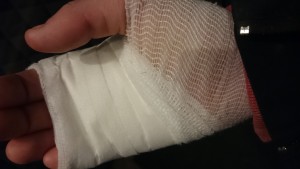
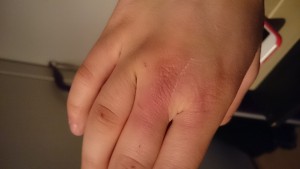
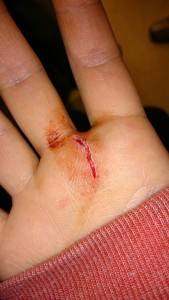

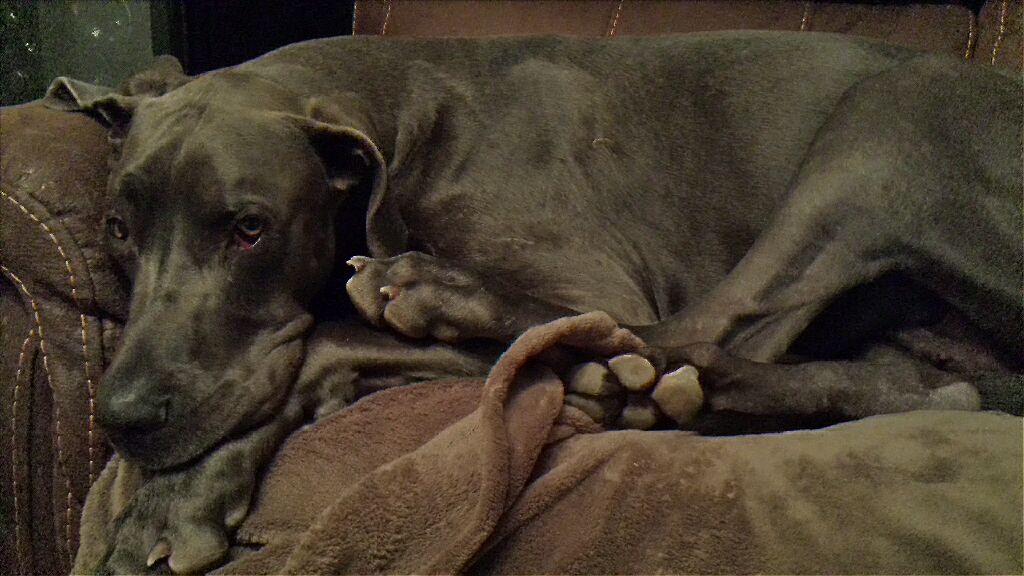
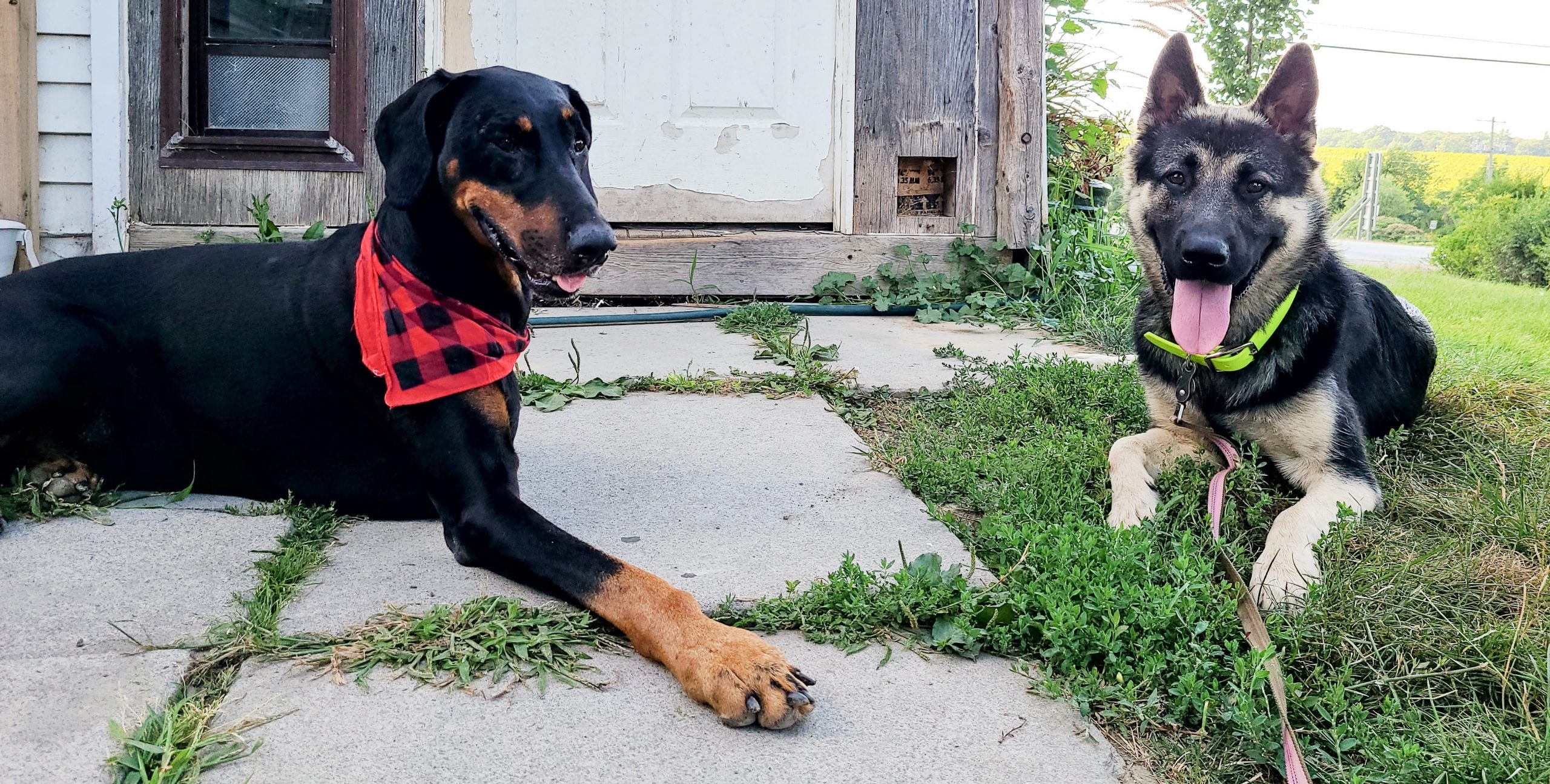
Thank you for your investment in Benji- Dogs do bite out of fear, not malice, usually because a human has failed to understand their needs…
Thanks! I enjoyed this. I only wish everyone was as understanding and patient with struggling pups!
Well said. Lots of truth here. So glad Benji has people like you in his life.
Thank you, thank you. Your understanding is amazing.
You lost me when the first link led to a piece written by Merritt Clifton from Animal People. Most people in the dog industry know how breed bias this man is and as such much of the information he spews is bias also. Most of his ardent followers are from a BSL Lobby group.
Regarding your quote “Great Danes bites are fewer than even labs”. Have you done ANY research in this area? According to a Toronto Animal Services report from 2000 to 2010 Labs were number three on the pure breed bite list; right after German Sheppard’s and the Parson Jack Russell. Danes don’t even show up on the list. Because media is into selective reporting regarding dog bites by type or breed does not mean the dog bites don’t exist.
Fact is ANY dog with fear based anxiety issues can bite and what a dog LOOKS like is totally irrelevant.
Hi!
You are 100% right; I hadn’t heard of Merrit Clifton before, but now I’ve looked it up, I see you’re correct. I will pull the link. What can I say? As I’ve said, I’m just learning. Thank you for pointing this out to me.
That said, I think we are making the same point, at the end of the day. People judge big dogs harshly, and I’m trying to make clear that – be it a Chihuahua or a Great Dane, or even a Pitbull – breed has nothing to do with it.
Thank you for your feedback.
I was simply using the Lab comparison because most people view Labs as very gentle lovable dogs, and not so Great Danes.
Some dogs suffer seperation anxiety, first he was abused then found a human to love and trust then thought he was abandoned again would be enough to break a heart. Dogs love with all their being. You are truly a dog lover to understand Benji’s mindset. We need so many more like you and Adam. Bless you.
Thank you, sincerely.
Abuse and neglect are not the same. You neglected to give the dog space, you neglected to notice that he was uncomfortable, and upped the stress by bringing another stranger into the home. Was it abuse? Or was a it simply a mistake? I prefer to think of it as a mistake, which you have learned from, and shared with your readers.
Why can’t the story be just enjoyed and not be criticized and ripped apart, some people need to get a life. It is not a study or book on dog rules or what breed is what. Just enjoy the story and learn to relax. FRAN.
Thank you for pointing out that big dogs are judged more harshly. There’s a demonstrable bias against black dogs as well, so when you’ve got a big black dog, you’re starting with two strikes against you.
Having said that, what’s the basis for your belief that there’s no such thing as correct use for a prong collar?
Hi!
The bottom line is that a prong collar causes the dog pain – that’s how it knows that it is doing something wrong. I don’t believe in causing animals pain, both ethically speaking but also because when dogs are hurt, it can lead to aggression as they are afraid or trying to defend themselves. Using a prong collar on an already aggressive dog will just make it even more aggressive.
Using a prong collar (or any other aversive, like a shock collar) can also have other negative side effects – say the dog happens to be walking by a child when the prong collar pinches. He or she may associate the pain with children, and become fearful or aggressive toward them,
Lastly, aversives do teach dogs what NOT to do, but they don’t teach them what TO do. So if you are using a prong collar and you take it off, then what? Or is it on the dog for life?
Thanks for your reply!